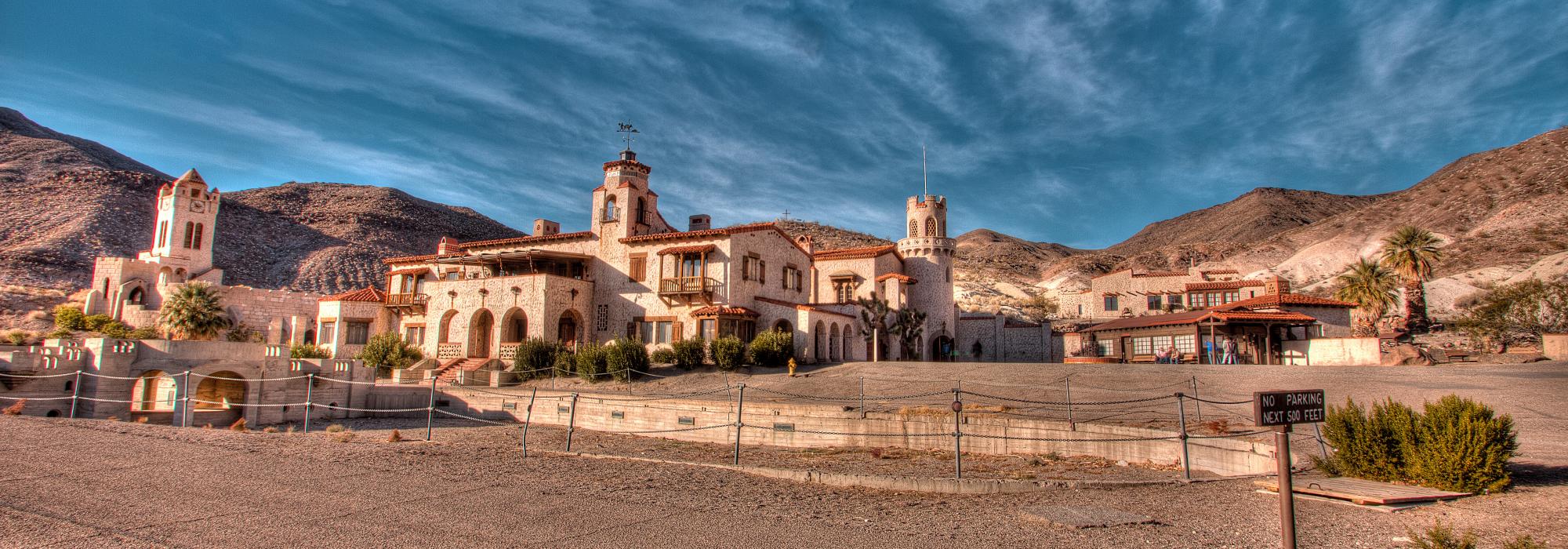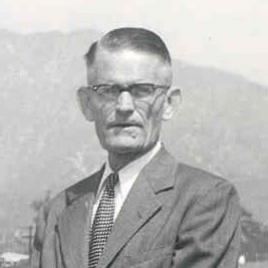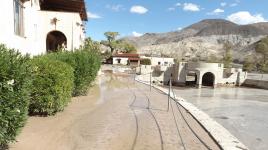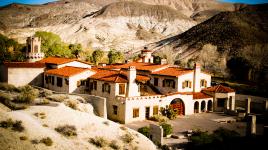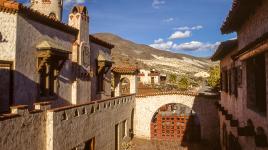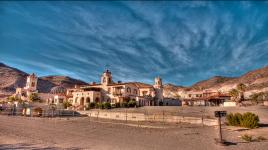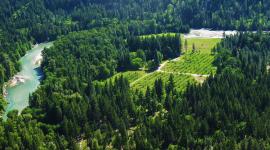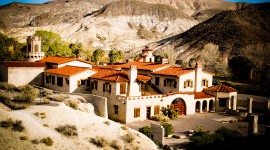Pioneer Information
Born in Los Angeles, California, Kruckeberg served in World War I before returning home to join the staff of Theodore Payne Nurseries. In 1929 he was commissioned by Chicago millionaire Albert Johnson to design the landscape for his elaborate estate, eventually known as Scotty’s Castle, in California’s Death Valley. Working closely with Johnson, Kruckeberg enlivened the estate’s arid setting in Grapevine Canyon by importing and planting many large trees, including olive and palm, and saguaro cacti from Arizona. Kruckeberg also oversaw the design of the estate’s original terracing made of red and orange jasper, which he later replaced with a mounded, boulder-lined watercourse that included two large pools and incorporated a petroglyph found on the site. The onset of the Great Depression prevented Kruckeberg’s landscape design from being completed, and in 1934 he was hired by the City of Burbank, California, as the superintendent of the Park, Recreation, and Community Services Department. There he oversaw the growth of the city’s park system from two to ten parks encompassing a total of 795 acres. Among his many projects were the Olive Avenue Recreation Center, Memorial Baseball Stadium, Civic Center Park (now McCambridge Park), Verdugo Park, and Buena Vista Park (now Johnny Carson Park). Upon retirement in 1963, Kruckeberg was recognized for his innovative work, having been the first park superintendent in the nation to install a mercury vapor lighting system in an outdoor athletic field, which he did in McCambridge Park. In 2004 he was posthumously inducted as an inaugural member of the Burbank Athletics Walk of Fame in recognition of his improvements to the city's organized sports programs. Kruckeberg passed away at the age of 81.



